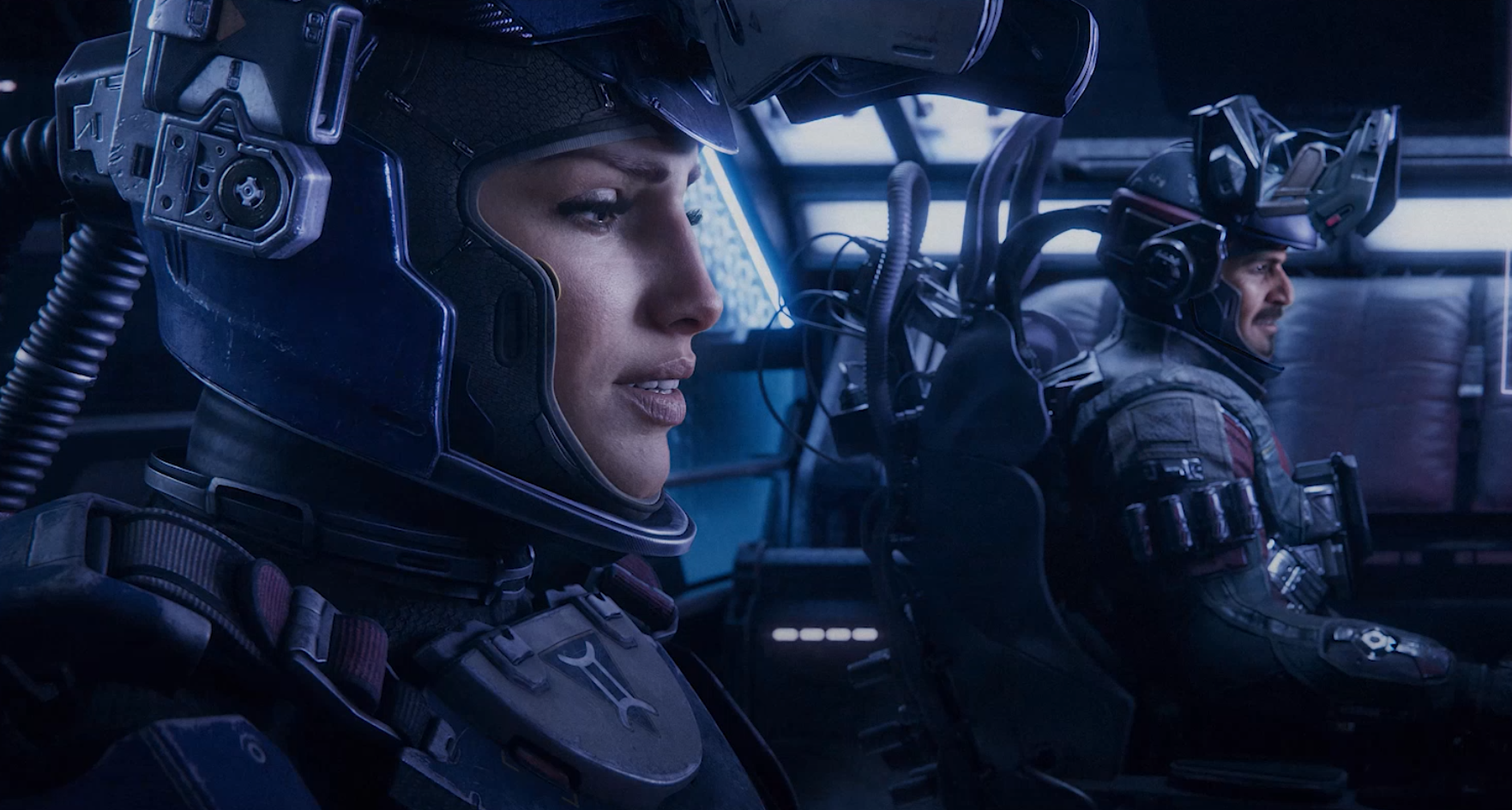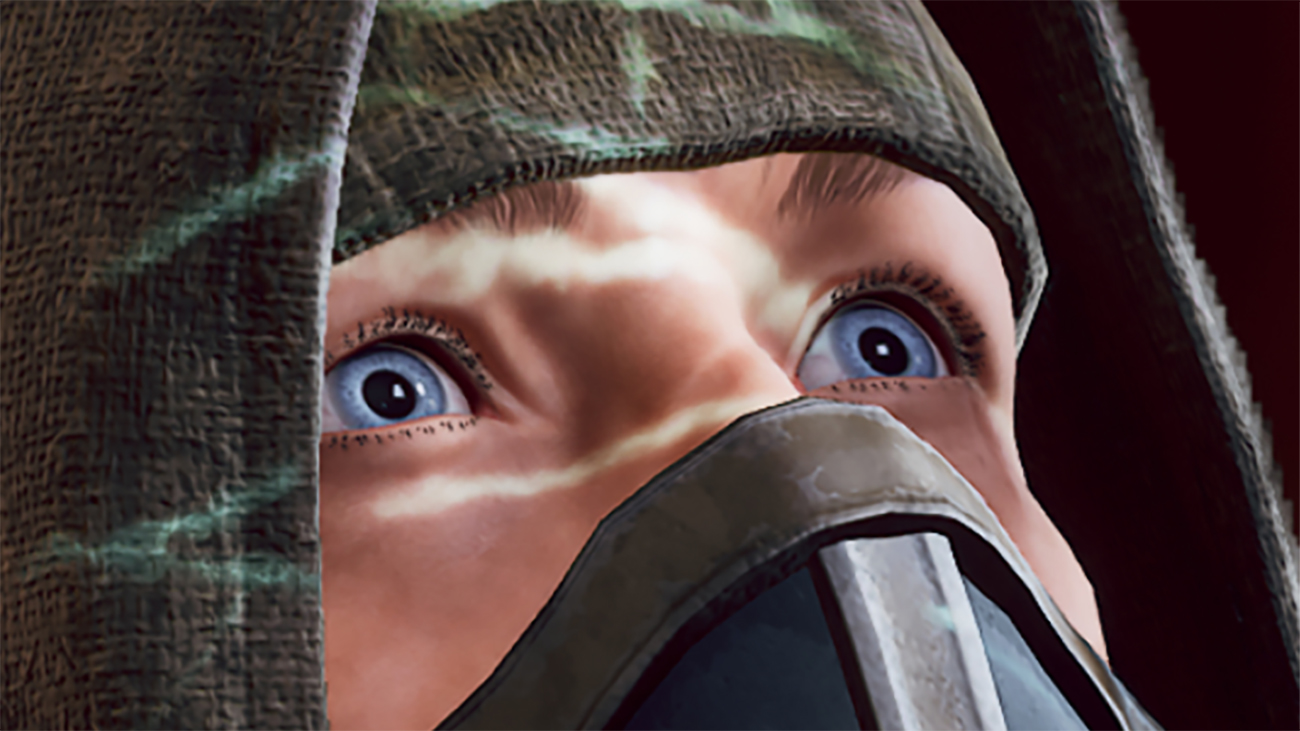
Lies Of P: Overture Review - Puppet Prelude
As the name implies, Lies of P: Overture is a prequel to the original 2023 souls-like, shedding light on the events that led to the Puppet Frenzy massacre and subsequent collapse of the city of Krat. At its beating, mechanical heart, however, Lies of P’s first DLC expansion is a tale of personal tragedy and vengeance. While developer Neowiz hasn’t implemented any drastic changes to the game’s underlying mechanics in Overture, its storytelling has improved, further building on the atmospheric Belle Epoque-infused world it created as a much darker and more twisted spin on Carlo Collodi’s The Adventures of Pinocchio. “Most unfortunately, in the lives of puppets, there is always a ‘but’ that spoils everything,” is a popular quote attributed to the Italian author. In the case of Overture, this is fortunately not the case.
Rather than being a conventional prequel, Overture sees Geppetto’s eponymous puppet travel back in time alongside his faithful companion, Gemini. You can access the DLC from Chapter 9 by heading to the Path of the Pilgrim stargazer, but it feels like post-game content in terms of difficulty, providing a sterner test than the base game’s final act. After emerging in a snowy forest on the outskirts of Krat, you’re challenged almost immediately by a giant, petrified polar bear with a torture cage wrapped around its head. There’s no sort of onboarding process if you’ve been away for a while, but with a moveset combining charges, grab attacks, and rhythmic combos, this angry carnivore is perfect for relearning your parry and dodging skills on the fly.
After the initial confusion surrounding how you ended up in the past, you’re eventually hot on the heels of the Legendary Stalker–a mysterious figure who acts as a guide through Krat’s final days of grandeur. At roughly 15 hours in length, there’s less time to dabble, so Overture’s pacing is tight, with the story’s circumstances providing a sense of urgency and momentum. There’s still intrigue and mystery, but it never drags and remains compelling throughout, even if you could make the argument that too much of the narrative is told through optional notes. While these letters, personal musings, and final words are well-written, it’s the evocative imagery that stands out–particularly the macabre exhibitions staged by the game’s villain with the corpses he leaves behind.






